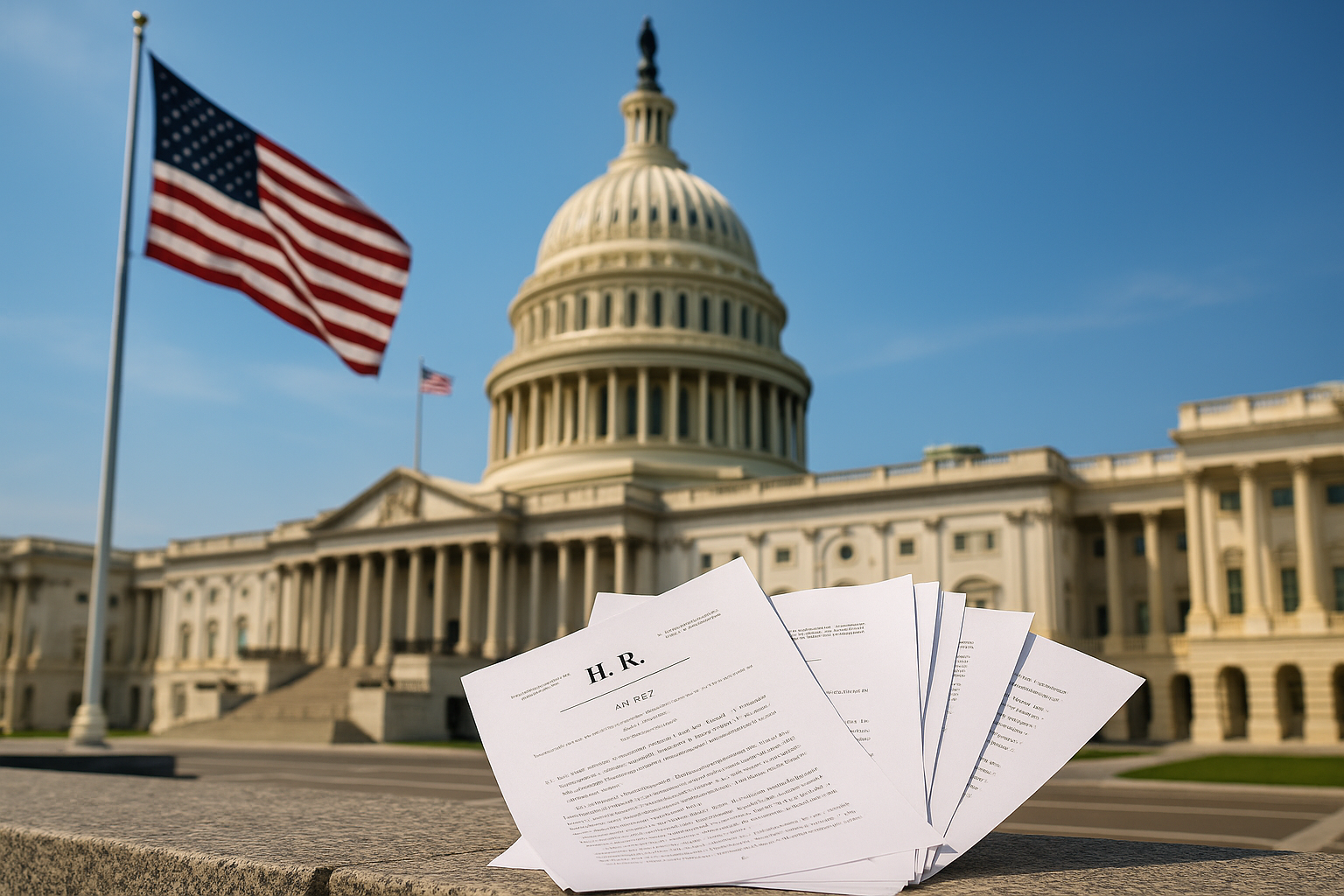The U.S. House has narrowly passed President Trump’s ambitious “One Big Beautiful Bill,” a sweeping package of tax cuts, spending shifts and entitlement rollbacks that has stirred intense debate in Washington and on Wall Street.
What is the One Big Beautiful Bill?
Known formally as the One Big Beautiful Bill Act (H.R. 1), it’s a nearly 900-page measure that bundles together some of Trump’s top second-term priorities:
- Extends and expands 2017 tax cuts, making them permanent for individuals and corporations.
- Adds new deductions for tipped wages, overtime pay, and certain small business income.
- Boosts funding for border security and defense, including fresh appropriations for new patrol units and drone technology.
- Cuts Medicaid and SNAP eligibility, tightening income thresholds and work requirements.
- Scales back clean energy tax incentives in favor of traditional energy investments.
- Raises the debt ceiling by about $5 trillion, with projections showing it could add roughly $3.3 trillion to deficits over 10 years.
How did it pass?
The House approved the final version by a razor-thin 218–214 vote, after the Senate narrowly advanced it through budget reconciliation 51–50, with Vice President J.D. Vance breaking the tie. Two Republicans joined Democrats to oppose the bill, citing debt and social safety net concerns.
This legislative sprint allowed Trump to sign the bill before the July 4 symbolic deadline, capping a high-stakes push that exposed deep fractures within both parties.
Why does it matter?
Supporters say the bill cements Trump-era fiscal policy, locks in tax cuts that were set to expire, and strengthens border enforcement. Critics argue it risks deep cuts to healthcare and food assistance, while significantly ballooning federal debt.
Market analysts are closely watching the potential impact on Treasury yields, credit ratings, and consumer spending, given the bill’s combination of aggressive tax reductions and entitlement tightening.







